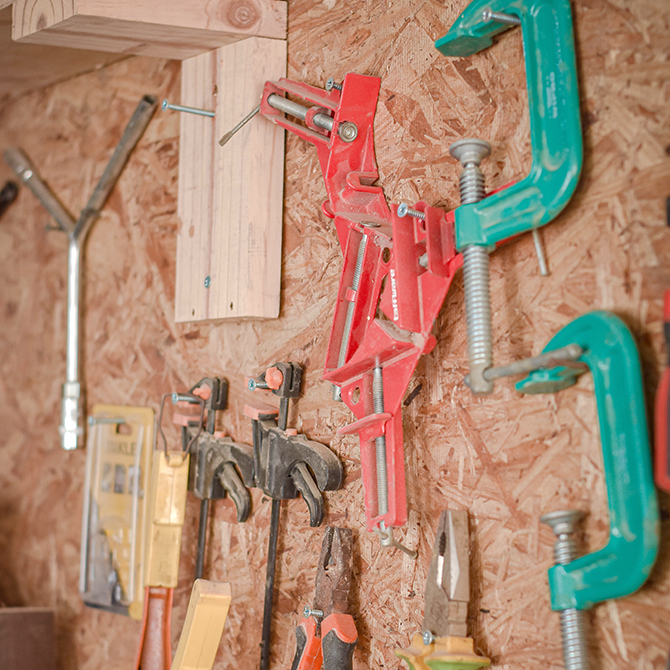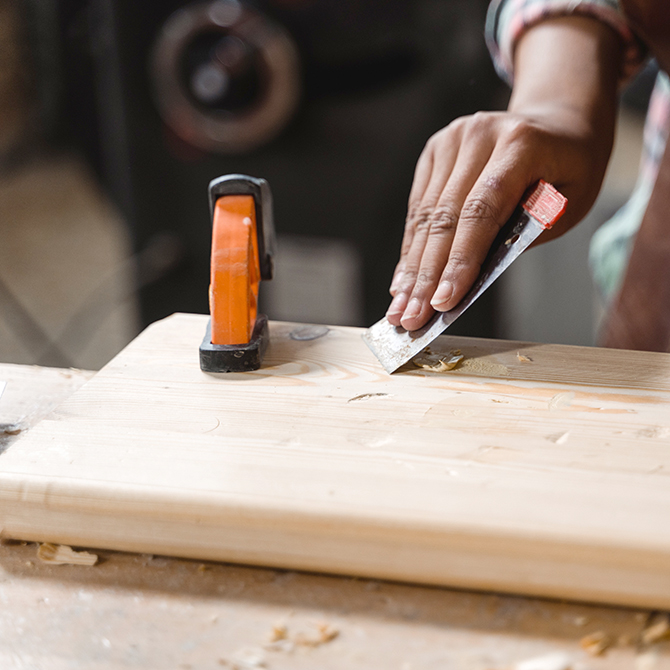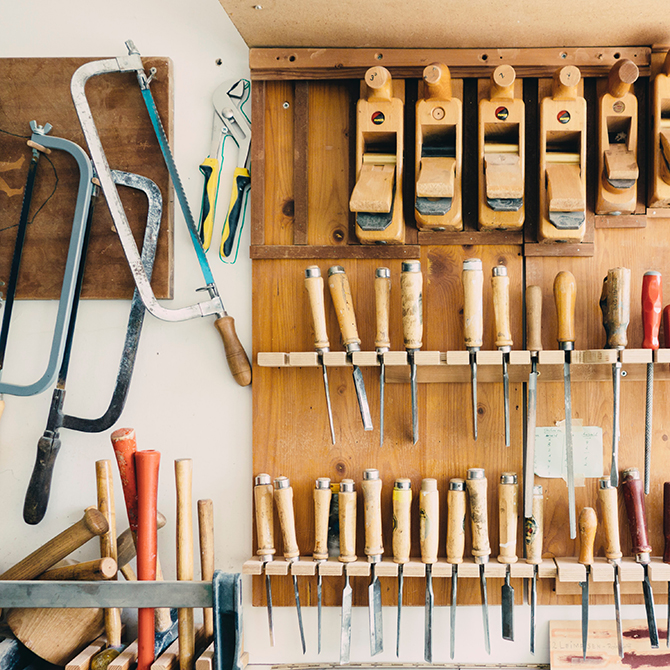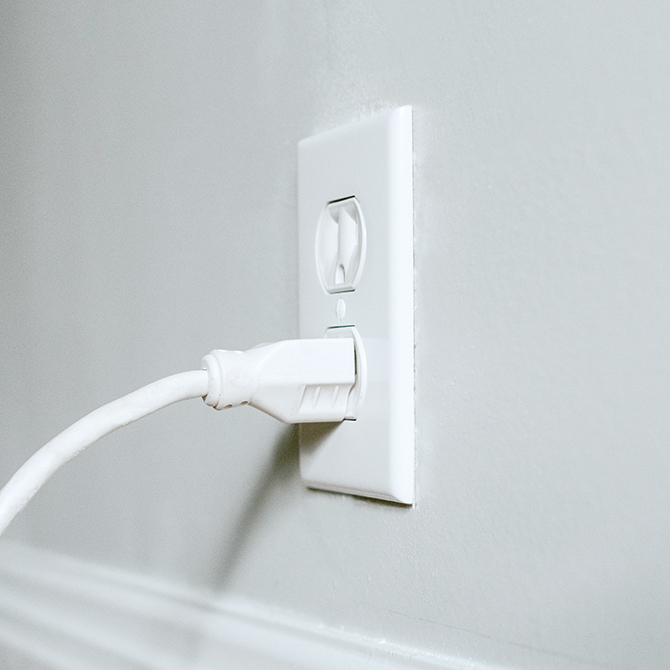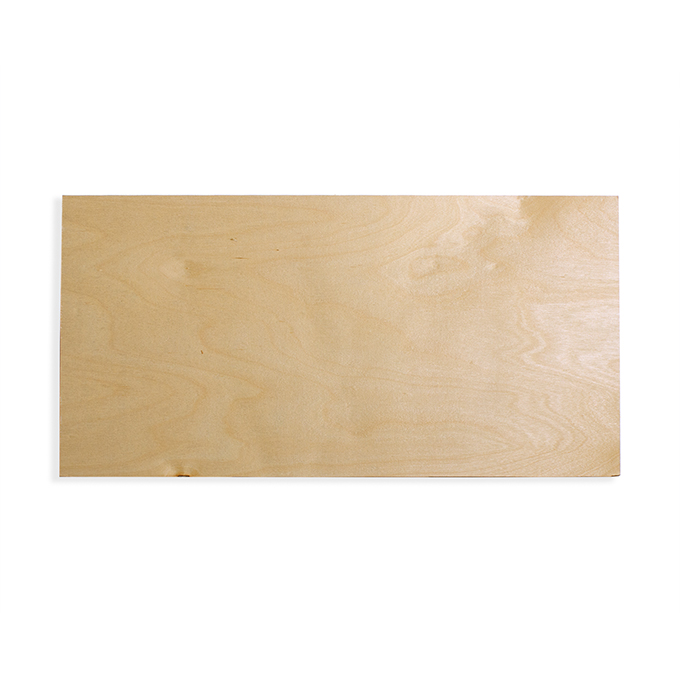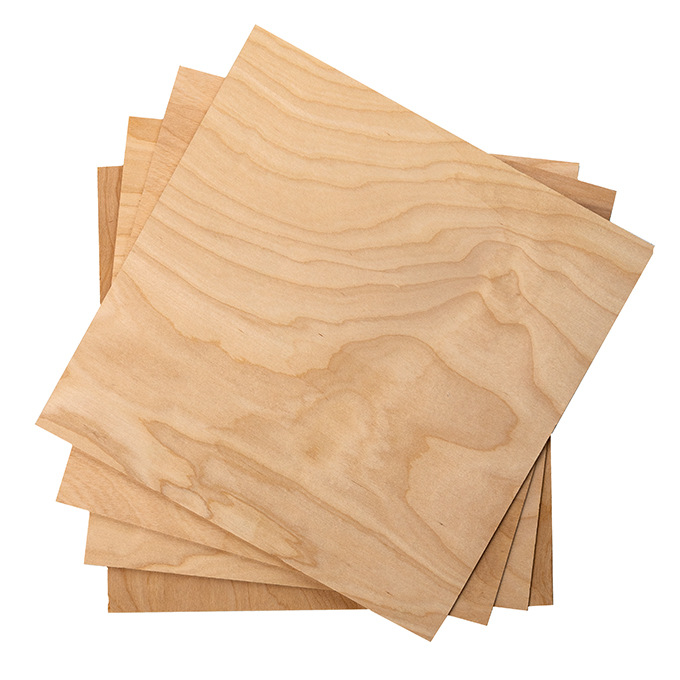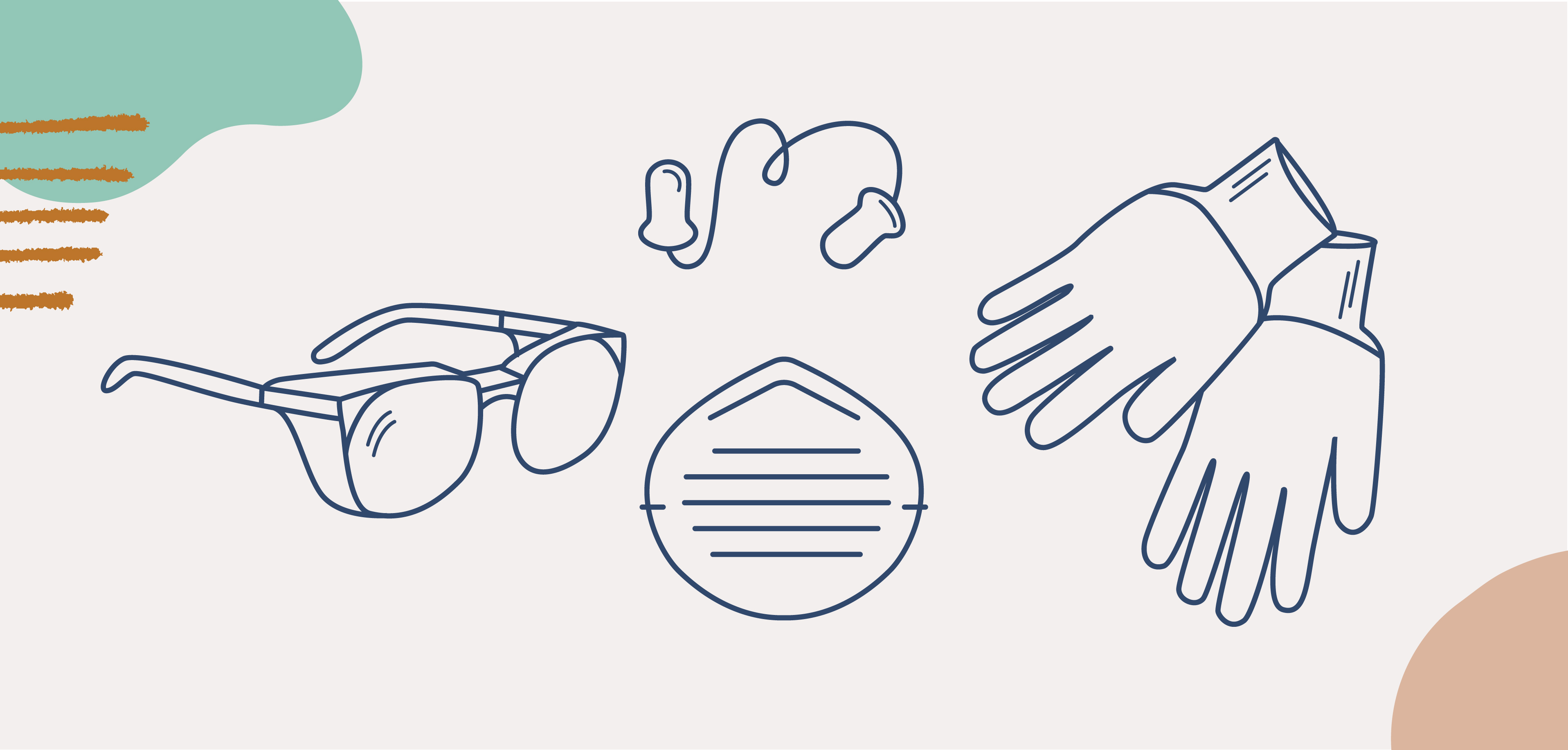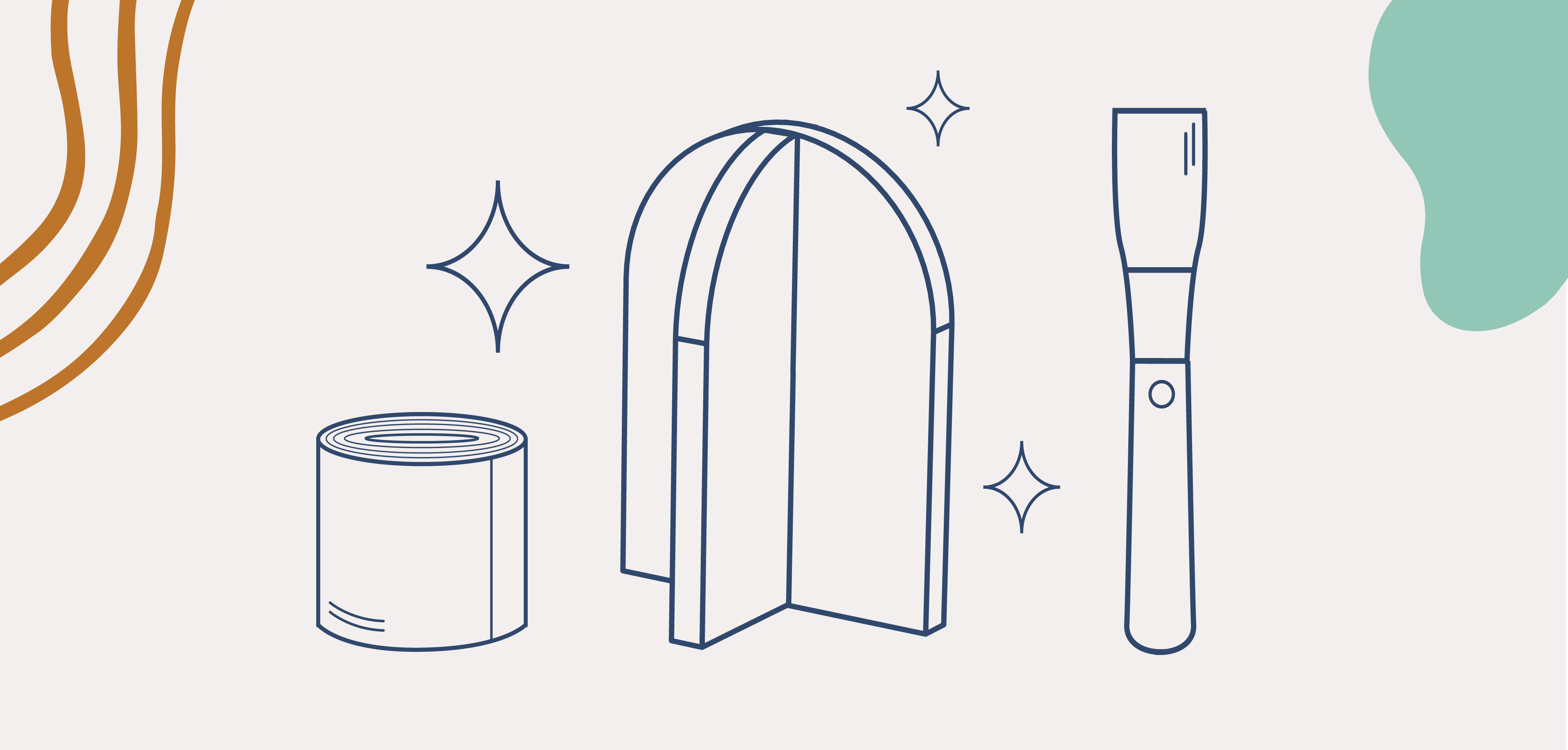
Tool Safety Guide
Posted 10/20/2022 by The Handprint Team
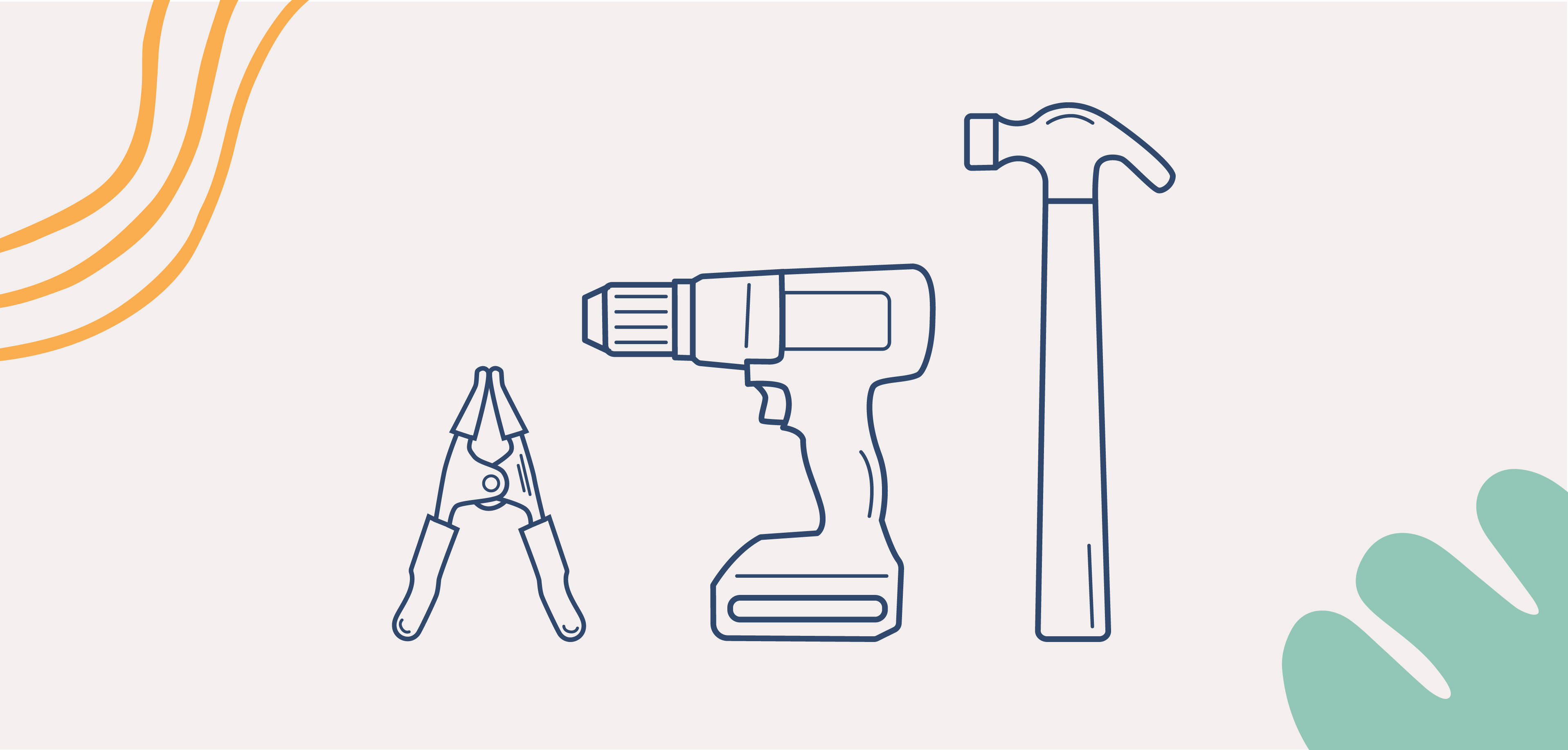
In our Guide to Protective Gear, we talk about four must-have pieces of safety protection and the importance of wearing them every time you work with wood.
Combine that advice with these quick tips on the essentials of tool safety, and you'll be sure you're as safe as you are successful.
1. Carefully read all Instructions in the Owner's Manual
Actually, just read the owner's manual cover to cover. Because before starting any project, the most important thing is to learn how to use your tools safely and correctly. By becoming well-acquainted with their features and operation — then practicing on a few scraps — you'll gain the confidence and skills needed to complete any project.
2. Follow best practices for power tools — with and without an electrical cord
Fortunately, most of us have been using electrical appliances and tools with cords for a long time. Follow the same general precautions you would for a blow dryer, and you'll be headed in the right direction.
- Never carry a tool by the cord
- Never use the cord to yank the plug out of the outlet
- Keep cords away from heat and sharp objects
- Make sure the power switch is in the off position before plugging in
- Avoid electrocution by only using tools at a safe distance from water
- Unplug tools when you're finished using them
While battery-powered tools eliminate the risk of electrocution, the most common injuries happen when they're incorrectly carried to or from a work area. To avoid accidentally turning on a tool while transporting it:
- Never carry it in your arms or hold it against your torso
- If it comes with a carrying case, use it
- If the manufacturer didn't add extra safety measures to prevent the power switch from inadvertently turning on, carry the tool and the battery separately
- When recharging batteries, avoid the risk of fire by only using the charger supplied with the tool
3. Follow best practices for hand tools
As discussed, hand protection is vital when working with wood, but never more so than when using hand tools. Even outfitted with the proper hand protection, there are still safety issues to keep in mind.
- Make sure you still have good manual dexterity
- Never try to hold a piece of wood in your hand while trying to cut or fasten it -- lay it on a work surface or clamp it instead
- When cutting, always move the blade in the away-from-you direction
4. Keep your tools clean, well-maintained, and stored properly
Keeping your tools like-new is the best way to enjoy their optimal performance for as long as possible.
- Clean your tools by wiping off debris after each use before putting them away
- If your tools get wet, dry them thoroughly -- rust is Enemy #1
- Only use tools that are in proper working condition – no loose hammerheads or dull blades
- Keep cutting tools sharp for the best, safest, most consistent results
- Store your tools to keep them safe from damage, dirt, and the elements
- Consider pegboard for organization or choose a toolbox for portability
Just remember: A little patience and practice with your tools will set you up for a lifetime of safe projects.
Tips:
For the cleanest saw cuts, consider trying any or all of the following:
